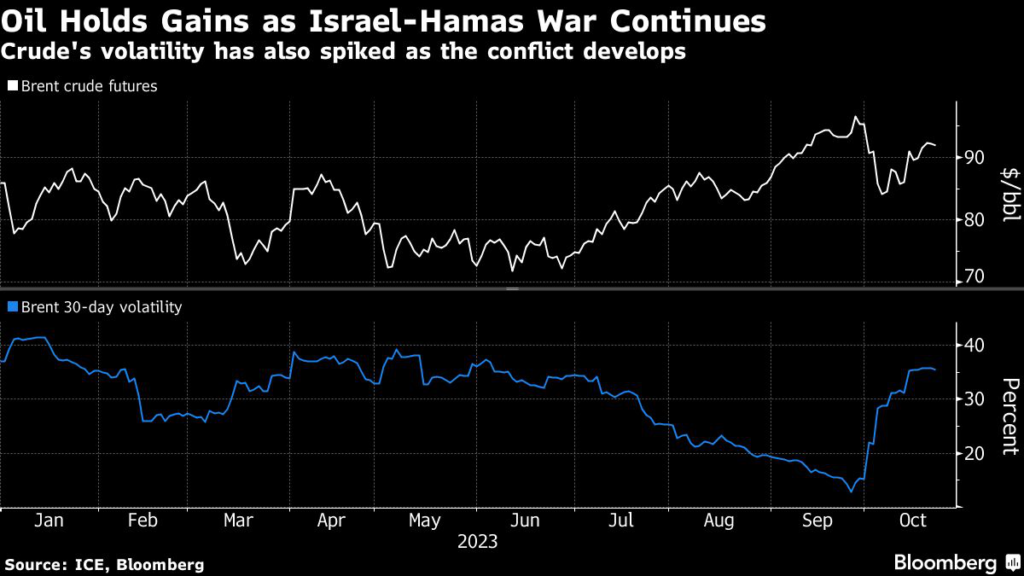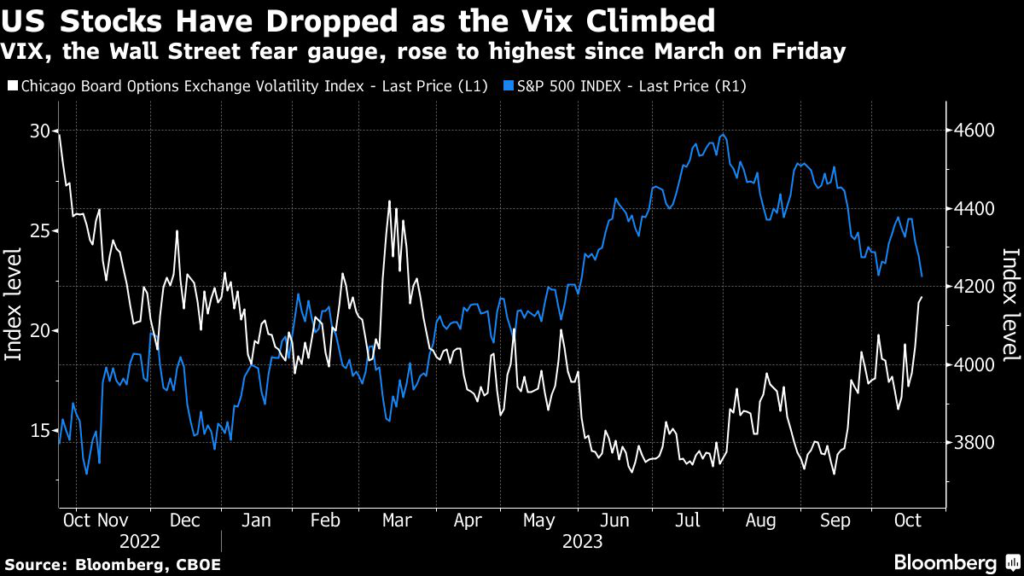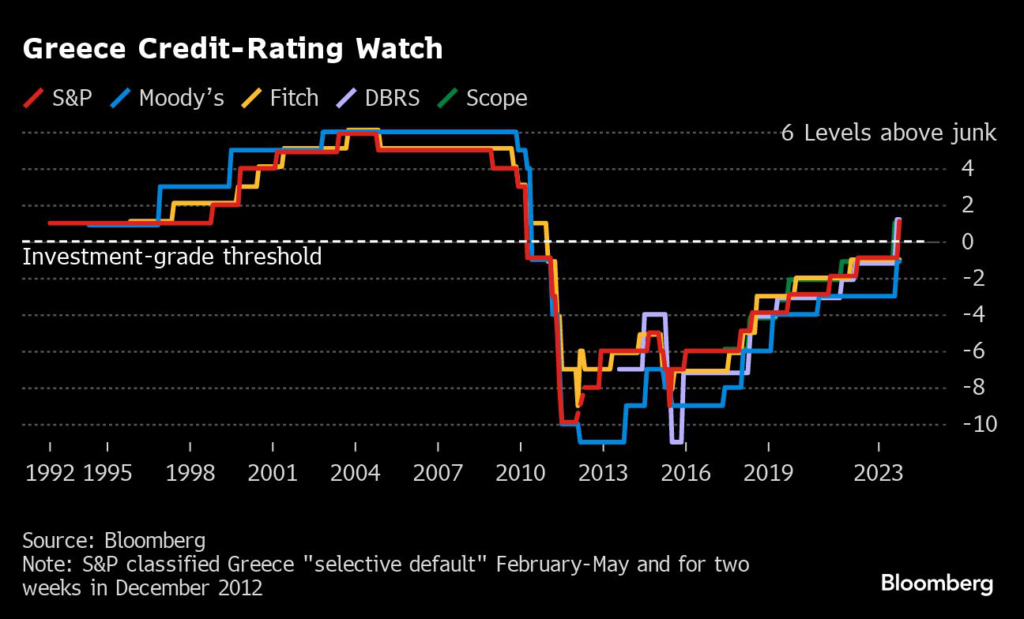The US merchandise-trade deficit narrowed in November to the smallest since December 2020 due to a plunge in imports.
(Bloomberg) — The US merchandise-trade deficit narrowed in November to the smallest since December 2020 due to a plunge in imports.
The shortfall decreased 15.6% — the most since 2009 — to $83.3 billion last month, Commerce Department data showed Tuesday. The figures, which aren’t adjusted for inflation, compared with a median estimate for a gap of $96.3 billion in a Bloomberg survey of economists.
Imports retreated 7.6% to $252.2 billion, the lowest in more than a year. The value of exports declined 3.1% to $168.9 billion.
The decline in imports was broad based, led by a 13% drop in the value of consumer goods. Other inbound shipments of autos, food and beverages and industrial supplies also decreased, as did most export categories.
While imports of consumer merchandise have fallen from a record earlier this year, they remain well higher than the pre-pandemic average. Americans have largely been spending on services instead of goods in recent months.
Another potential contributing factor is that economic activity in China — the biggest US partner for merchandise trade — slumped in November as Covid outbreaks spread across the country and people protested virus restrictions. As infections sweep across the nation, Shanghai — the world’s biggest container port — is isolating the shipment of international goods to prevent disruptions to global exports.
More complete November trade figures that include the balance on the services account as well as breakdowns by country will be released on Jan. 5.
Good for Growth
The trade deficit, which widened to a record earlier this year, has been a drag on gross domestic product, largely due to a surge in imports. The November data generate “some upside risk” to growth in the fourth quarter, according to JPMorgan Chase & Co. economist Daniel Silver.
“We still think that net exports will subtract from GDP growth in 4Q on average, but we now look for a more modest trade drag than we had previously been anticipating,” Silver said in a note.
Retail inventories ticked up 0.1% in November to $738.7 billion from a month earlier. They had been declining as companies worked through stockpiles by offering steep discounts in the lead-up to the holiday-shopping season.
The Federal Reserve’s most aggressive monetary tightening since the early 1980s has sent the US dollar surging, with the greenback strengthening against all Group of 10 and major Asian currencies this year. While that lowers the cost of imports, it also weakens demand in international markets for US-produced goods.
Along with logistical improvements, that’s helped ease the strain on US ports, especially at the key West Coast hubs that receive goods from Asia.
Inventories at wholesalers climbed 1% to a fresh record of $933.6 billion.
–With assistance from Chris Middleton.
(Adds economist’s comment)
More stories like this are available on bloomberg.com
©2022 Bloomberg L.P.










